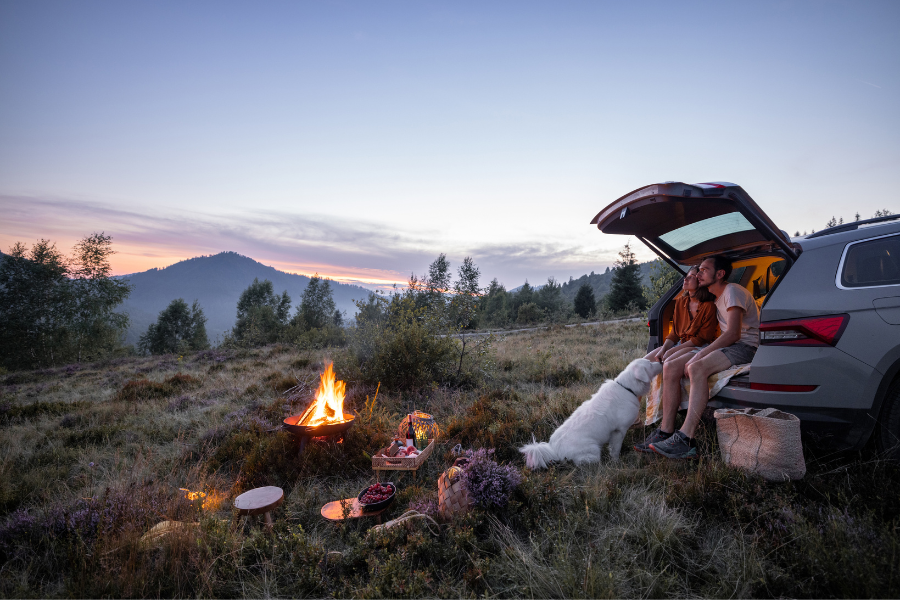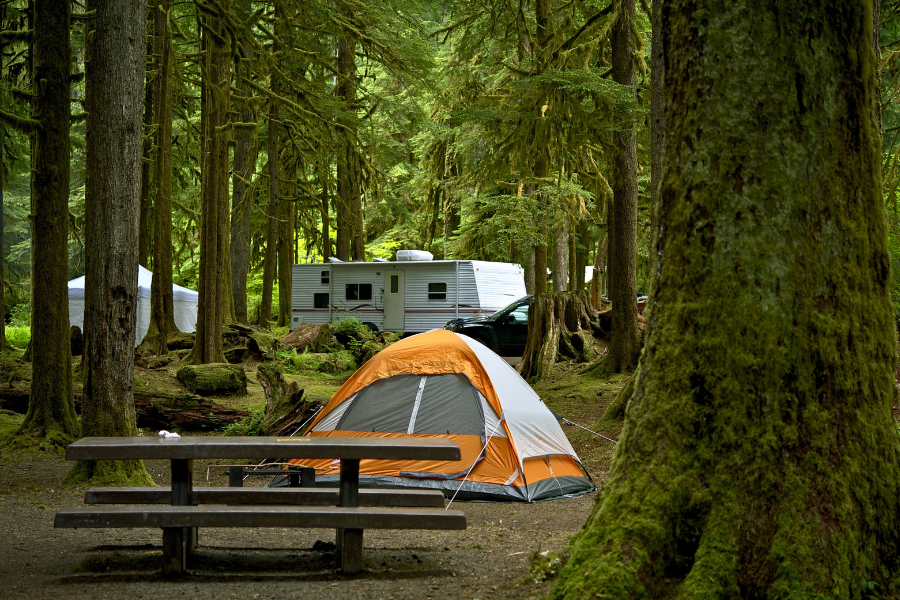The Ultimate Guide To Decide Where To Go On Your Next Camping Adventure
Ready for a camping adventure of a lifetime? Let’s get packing then, shall we? The wild is waiting, and it’s time to answer the call. In this guide, we delve into the unique experiences offered by National Parks, private campgrounds, and dispersed camping sites so that you can make the right choices for your next adventure.
National Parks: The Natural Choice
National Parks are often regarded as the crown jewels of a country’s natural heritage. These preserved pockets of wilderness offer an immersive experience into nature’s grandeur.

Private Campgrounds: Comforts of Community
Private campgrounds offer a more structured camping experience, often with the added benefits of additional amenities and established community.

Dispersed Camping: Embracing the Wild
For those who yearn for solitude and a deeper connection with nature, dispersed camping, or boondocking, is the way to go.

Best Camping Spots: Setting Up Your Campsite
Whether you’re camping in a designated campground or opting for dispersed camping, the choice of your campsite can significantly impact your experience. Here, we present some tried and true basic tips to help you choose and set up your campsite like a pro.
Dispersed Camping: The Call of the Wild

Dispersed camping or boondocking is all about striking out on your own, away from the designated campgrounds. It’s an opportunity to enjoy nature’s solitude, but it requires a certain level of preparedness.
- Finding Your Spot: When selecting a dispersed camping site, look for previously used areas. These spots often have clear grounds, reducing the impact on nature. You can recognize them by the remnants of a fire ring or a flattened area for a tent.
- Distance from Water Bodies: To protect water sources and wildlife habitats, aim to set up camp at least 200 feet away from lakes and streams.
- Take the Road Less Travelled: Be at least a mile from any road, trail, or official campsite.
- Examine the Terrain: Find a flat, dry spot. Avoid areas that look like they might form puddles in the rain.
- Safety First: Be aware of potential hazards. Avoid camping under lone trees (lightning risk) or dead branches (falling risk).
Campgrounds: Community in the Wilderness

Camping in designated campgrounds can be a social experience, with added conveniences like toilets, showers, and fire pits.
- Size Matters: Check the size of the camping spot, and ensure it’s large enough to accommodate your tent and gear comfortably.
- Location, Location, Location: Sites near toilets or water sources are convenient but can be noisier and busier. If tranquillity is your priority, a remote site might be better.
- Survey the Land: Just like dispersed camping, look for flat, dry ground. Keep an eye out for ant hills, rocky patches, or slopes.
- Find Some Shade: If possible, choose a site with some natural shade for those hot afternoons.
- Respect Your Neighbors: Aim to keep noise levels down, especially during quiet hours.
National Forest Campgrounds: The Hidden Gems

National Forest Campgrounds provide a middle ground between the solitude of dispersed camping and the convenience of a private campground or National Park. They often offer a quieter, less crowded alternative with access to a variety of recreational activities.
- Choose Your Spot: Many National Forest Campgrounds operate on a first-come, first-served basis, so arrive early for the best choice of sites. Look for a site with shade and a clear, level area for your tent.
- Respect the Rules: Regulations may differ from one forest to another. Be sure to familiarize yourself with the specific rules regarding fires, trash disposal, and wildlife.
- Pay Your Dues: While camping fees in National Forests are usually lower than in National Parks or private campgrounds, a fee is generally still required. Payment methods can vary, so come prepared.
- Water Access: If there’s a water source nearby, remember to camp at least 200 feet away to protect it from contamination. And always treat or boil natural water before drinking.
- Bear Safety: In bear country, use bear-proof storage boxes if provided, or hang your food at least 10 feet high and 4 feet away from the trunk of a tree.
Just as with other camping types, when you’re setting up your campsite in National Forest Campgrounds, take care to minimize your impact on the environment and ensure that you leave your campsite as pristine as you found it.
The Final Touches: Setting Up Your Tent
Once you’ve chosen the perfect spot, it’s time to pitch your tent.
1. Clear the Area: Remove any rocks, sticks, or debris that might puncture your tent or make sleeping uncomfortable.
2. Orient Wisely: The tent’s opening should face away from the wind. If possible, position it to catch the morning sun, warming your tent as you start your day.
3. Stake It Out: Secure your tent firmly. In windy conditions, use guy lines for additional stability.
4. Leave No Trace: Remember, your goal is to leave the site as you found it. Don’t dig trenches, chop down trees, or leave any waste behind.
Final Thoughts
Remember, the best camping spots are the ones that make you feel at home amidst nature’s grandeur. Whether it’s the regulated beauty of National Parks, the convenient comforts of private campgrounds, or the rugged allure of dispersed camping, the choice is all yours. Let this guide steer you in the right direction as you choose where to camp on your next outdoor adventure.
Happy Camping!





Comments are closed.